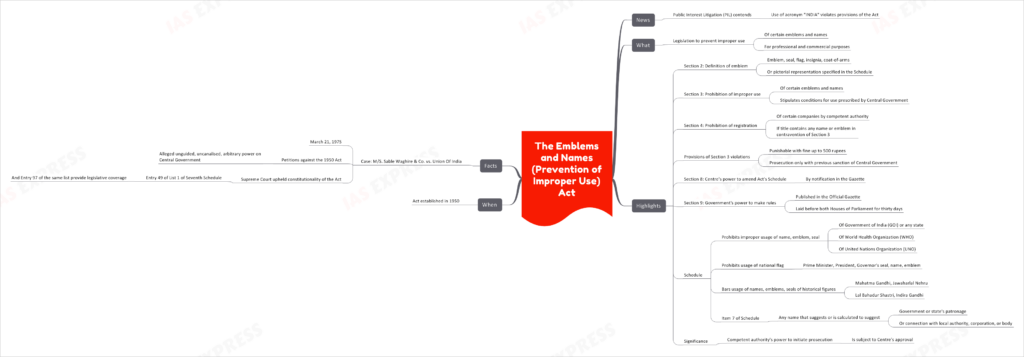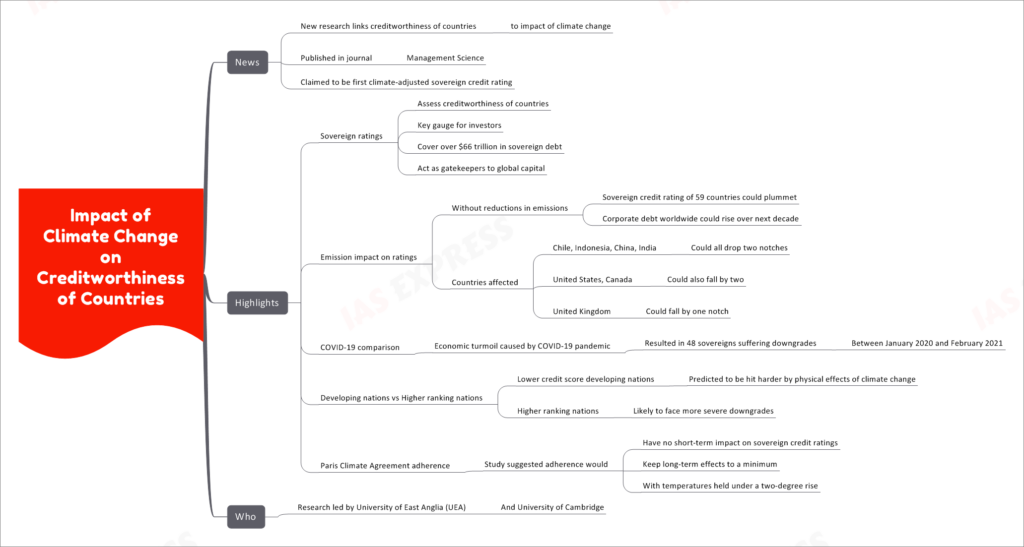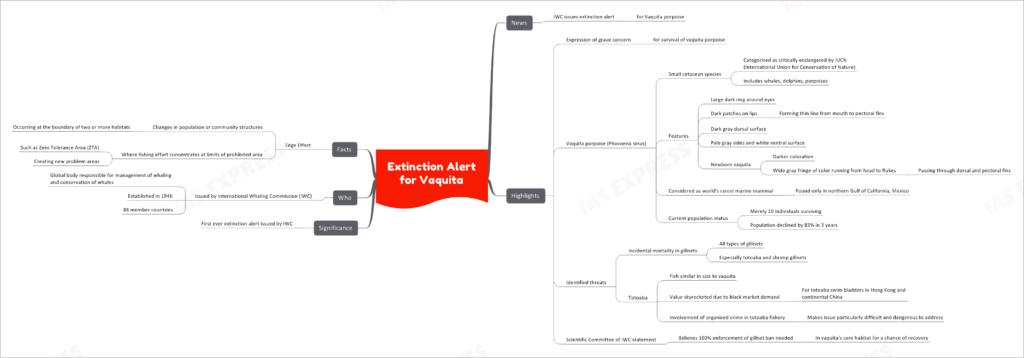[Newsbits] 07.08.2023

North East Venture Fund
The North East Venture Fund (NEVF) has been introduced as a dedicated Venture Fund for the North Eastern Region of India, aimed at fostering business growth and skill development in the area. As the first and only Venture Capital Fund of its kind, NEVF operates under SEBI's Alternative Investment Funds (AIF) Regulations, 2012.
Purpose and Objectives
NEVF was established with the primary objective of promoting economic development and skill enhancement in the North Eastern Region. By providing financial support and investment opportunities, the fund aims to catalyze the growth of businesses and startups in the region.
Structure and Management
NEVF operates as a close-ended fund with a target corpus of Rs. 100 crore. To ensure effective and unbiased investment decisions, an independent committee comprising experienced professionals from the fields of venture funding, private equity, and developmental banking is responsible for evaluating and approving investment proposals.
Transparency and Accountability
To maintain transparency and accountability, NEVF adheres to a stringent reporting system. Periodic reports on the fund's operation and compliance are shared with the contributors and other relevant bodies. Additionally, the Reserve Bank of India (RBI) and the Comptroller and Auditor General (CAG) conduct periodic audits to monitor the fund's operations and ensure its integrity.
Initiating Agency and Management
The Ministry of Development of North Eastern Region (DoNER) played a pivotal role in launching NEVF. The fund is managed and operated by the North Eastern Development Finance Corporation Ltd, which acts as a facilitator for investments and support to startups and businesses in the region.
Impact and Significance
NEVF's establishment is a significant step towards boosting economic growth and skill development in the North Eastern Region. By providing much-needed financial support and investment opportunities to entrepreneurs and startups, the fund fosters innovation, job creation, and economic progress in the region.
National Handloom Day
On August 7th, 2023, India celebrated the 9th National Handloom Day, an occasion that recognizes and honors the invaluable contributions of handloom weavers to the country's economy and cultural heritage. This significant day also marked the launch of the 'Bhartiya Vastra evam Shilpa Kosh - A Repository of Textiles & Crafts' portal, developed by the National Institute of Fashion Technology, which aims to preserve and promote traditional textiles and crafts.
Significance and Theme: "Handlooms for Sustainable Fashion"
National Handloom Day is a special day dedicated to handloom weavers, acknowledging their role in India's economic growth and cultural richness. The theme for 2023, "Handlooms for Sustainable Fashion," emphasizes the importance of incorporating handloom textiles into the fashion industry in an environmentally conscious manner.
Historical Roots: Swadeshi Movement of 1905
The origins of National Handloom Day can be traced back to the Swadeshi Movement of 1905, during India's struggle for independence. The objective of this movement was to boycott British goods and promote Indian-made products, including handloom textiles. This movement played a pivotal role in raising awareness about the significance of supporting indigenous industries.
Official Commemoration Since 2015
In recognition of the historical importance and cultural significance of handlooms, the Indian government officially declared August 7th as National Handloom Day in 2015. Since then, the day has been celebrated annually, shining a spotlight on the skill, creativity, and hard work of handloom weavers.
Launch of the 'Bhartiya Vastra evam Shilpa Kosh' Portal
As part of the celebrations in 2023, the National Institute of Fashion Technology unveiled the 'Bhartiya Vastra evam Shilpa Kosh' portal. This online repository is dedicated to preserving and showcasing various traditional textiles and crafts. The portal serves as a valuable resource for artisans, designers, and enthusiasts, enabling them to explore and promote India's rich textile heritage.
Promoting Sustainable Fashion and Empowering Artisans
The theme "Handlooms for Sustainable Fashion" underscores the importance of sustainable practices in the fashion industry. By encouraging the use of handloom textiles, which are typically produced using eco-friendly methods and natural fibers, the celebration of National Handloom Day promotes a more responsible and environmentally conscious approach to fashion.
Online Dispute Resolution System for Capital Market
In a bid to enhance efficiency and accessibility in resolving disputes arising in the capital market, a new Online Dispute Resolution (ODR) system has been introduced. This online platform involves institutions, conciliators, and arbitrators, and its primary focus is to address disputes related to the securities market. The initiative aims to harness the power of online conciliation and arbitration to provide a streamlined and effective resolution process.
Implementation and Role of Market Infrastructure Institutions (MIIs)
The Online Dispute Resolution system will be facilitated by Market Infrastructure Institutions (MIIs). These institutions will be responsible for identifying and empanelling independent ODR institutions that have qualified conciliators and arbitrators.
Establishment of a Common ODR Portal
MIIs will collaborate with empanelled ODR institutions to establish and operate a common ODR portal. This user-friendly platform will be the central hub for all dispute resolution activities in the capital market.
Enrolment of Market Participants
All entities involved in the capital market, including listed companies, specified intermediaries, and regulated entities (collectively referred to as market participants), will be required to enrol on the ODR portal. This will ensure that all disputes within the capital market can be addressed efficiently through the online system.
Dispute Resolution Process
The dispute resolution process within the ODR system follows a structured path. When an investor or client has a dispute with a market participant, they will lodge a complaint directly with the respective entity. If the issue remains unresolved, they can escalate the matter through the SCORES Portal, which is an existing complaint redressal system provided by the regulatory body.
If the complaint remains unresolved even after using the SCORES Portal, the investor or client can initiate dispute resolution through the ODR portal. The process will commence with conciliation, where a neutral third party attempts to mediate and facilitate an amicable resolution between the parties. If conciliation is not successful, the dispute will proceed to arbitration, where a neutral arbitrator will make a binding decision based on the evidence and arguments presented.
Role of Security and Exchange Board of India (SEBI)
The introduction and implementation of the Online Dispute Resolution system fall under the purview of the Security and Exchange Board of India (SEBI). As the regulatory body overseeing the capital market, SEBI plays a crucial role in ensuring the effective functioning and compliance of the ODR system.
The Emblems and Names (Prevention of Improper Use) Act
A recent Public Interest Litigation (PIL) has raised concerns about the use of the acronym "INDIA," claiming it violates the provisions of The Emblems and Names (Prevention of Improper Use) Act.
Legislation Overview
The Emblems and Names (Prevention of Improper Use) Act is designed to curb the misuse of certain emblems and names for commercial and professional purposes. It covers various symbols, including emblems, seals, flags, insignia, and coat-of-arms, specified in the Act's Schedule.
Prohibition of Improper Use - Section 3
Section 3 of the Act prohibits the improper use of specific emblems and names. It outlines conditions for their use, which are determined and prescribed by the Central Government.
Prohibition of Registration - Section 4
Section 4 deals with the prohibition of registration of certain companies by the competent authority. If the title of a company contains any name or emblem that contravenes Section 3, it cannot be registered.
Penalties for Violations
Any violations of the provisions in Section 3 are punishable by a fine of up to 500 rupees. Prosecution for these offenses can only take place with the prior sanction of the Central Government.
Amendments and Rules
The Act empowers the Central Government to amend its Schedule by notification in the Gazette. Additionally, the government has the authority to make rules, which are published in the Official Gazette and laid before both Houses of Parliament for thirty days.
Schedule of Prohibited Symbols and Names
The Schedule of the Act includes a list of names, emblems, and seals whose improper usage is prohibited. This includes the emblems, names, and seals of the Government of India (GOI) and any state, as well as those of international organizations like the World Health Organization (WHO) and the United Nations Organization (UNO). It also bars the misuse of the national flag and names and emblems of historical figures like Mahatma Gandhi, Jawaharlal Nehru, Lal Bahadur Shastri, and Indira Gandhi. Additionally, Item 7 of the Schedule prohibits the use of any name suggesting or calculated to suggest government or state's patronage or connection with local authorities, corporations, or bodies.
Significance and Approval
The Act grants the competent authority the power to initiate prosecution, subject to the approval of the Central Government. This mechanism ensures oversight and accountability in the enforcement of the Act's provisions.
Upholding Constitutionality - M/S. Sable Waghire & Co. vs. Union Of India
In a landmark case on March 21, 1975, the Supreme Court upheld the constitutionality of The Emblems and Names (Prevention of Improper Use) Act. The Court ruled that the Act finds legislative coverage under Entry 49 of List 1 and Entry 97 of the Seventh Schedule.
Impact of Climate Change on Creditworthiness of Countries
A research published in the journal Management Science has shed light on the connection between climate change and the creditworthiness of countries. For the first time, researchers have introduced climate-adjusted sovereign credit ratings, revealing the potential consequences of climate change on global financial systems.
Sovereign Ratings: A Key Gauge for Investors
Sovereign ratings play a vital role in assessing the creditworthiness of countries and act as gatekeepers to global capital. These ratings cover over $66 trillion in sovereign debt and serve as a crucial reference point for investors and lenders.
Emission Impact on Ratings: Dire Consequences Without Reductions
The research highlights that failing to reduce emissions could lead to significant declines in sovereign credit ratings for numerous countries. Specifically, if emissions remain unaddressed, the credit ratings of 59 countries could plummet, with corporate debt worldwide potentially rising over the next decade. Among the countries at risk, Chile, Indonesia, China, and India could face a two-notch drop in their ratings, while the United States, Canada, and the United Kingdom could also see a two-notch downgrade.
Comparison with COVID-19 Economic Turmoil
Drawing a comparison with the economic turmoil caused by the COVID-19 pandemic, the study found that 48 sovereigns experienced downgrades between January 2020 and February 2021. This highlights the severity of the potential impact of climate change on countries' creditworthiness.
Developing Nations vs. Higher Ranking Nations: Varied Vulnerabilities
The study predicts that lower credit score developing nations are likely to be hit harder by the physical effects of climate change. In contrast, higher ranking nations may face more severe downgrades due to their exposure to climate-related risks.
Paris Climate Agreement Adherence: Long-Term Benefits for Credit Ratings
Encouragingly, the study suggests that adherence to the Paris Climate Agreement would have no immediate impact on sovereign credit ratings. However, it could minimize long-term effects if global temperatures are successfully held under a two-degree rise.
The Research Team
The research leading to these crucial findings was conducted by the University of East Anglia (UEA) and the University of Cambridge. Their collaborative efforts have provided valuable insights into the intersection of climate change and global financial stability.
Extinction Alert for Vaquita
The International Whaling Commission (IWC) has issued an extinction alert for the vaquita porpoise (Phocoena sinus), expressing grave concern for its survival. The vaquita, a small cetacean species, has been categorized as critically endangered by the International Union for Conservation of Nature (IUCN). With a current population of merely 10 individuals, the vaquita faces numerous threats, and urgent action is needed to prevent its extinction.
Vaquita: A Critically Endangered Species
The vaquita porpoise is a unique cetacean species that includes whales, dolphins, and porpoises. It is distinguishable by its large dark ring around the eyes, dark patches on the lips forming a thin line from the mouth to the pectoral fins, and a dark gray dorsal surface. The sides are pale gray, and the ventral surface is white. Newborn vaquitas have a darker coloration with a wide gray fringe of color running from head to flukes, passing through the dorsal and pectoral fins. This distinctive appearance makes them easy to recognize.
The vaquita is considered the world's rarest marine mammal and is found exclusively in the northern Gulf of California, Mexico. Unfortunately, the current population status is dire, with only 10 individuals surviving. Over the past three years, the vaquita population has declined by a staggering 83%, indicating a rapid decrease in numbers.
Identified Threats to the Vaquita
The main threat to the vaquita's survival is incidental mortality in gillnets. These nets, used for fishing, pose a significant risk to the vaquitas, as they get entangled and drown. The vaquitas are particularly vulnerable to all types of gillnets, especially those used for catching totoaba and shrimp. The totoaba fish is similar in size to the vaquita and is in high demand due to its swim bladders being sold on the black market in Hong Kong and continental China. Organized crime involvement in the totoaba fishery makes addressing the issue even more challenging and dangerous.
IWC's Statement and Recommendations
The Scientific Committee of the IWC has issued a statement highlighting the urgent need for 100% enforcement of the gillnet ban in the vaquita's core habitat. Without stringent enforcement, the vaquita has little chance of recovery, and the population will continue to decline rapidly.
Significance of the Extinction Alert
The issuance of an extinction alert by the IWC for the vaquita is a significant event. It marks the first time such an alert has been issued by the global body responsible for the management of whaling and the conservation of whales. This highlights the severity of the vaquita's situation and underscores the need for immediate and decisive action.
The Role of the International Whaling Commission
The International Whaling Commission (IWC) is a global body established in 1946 with the responsibility of managing whaling practices and conserving whale populations worldwide. It consists of 88 member countries that collaborate to protect marine mammals and their habitats.
The Edge Effect and Its Impact
The edge effect is a phenomenon where changes in population or community structures occur at the boundary of two or more habitats. In the case of the vaquita, fishing efforts concentrate at the limits of prohibited areas, such as the Zero Tolerance Area (ZTA), creating new problem areas. This exacerbates the threats faced by the vaquita population and makes conservation efforts even more complex.






